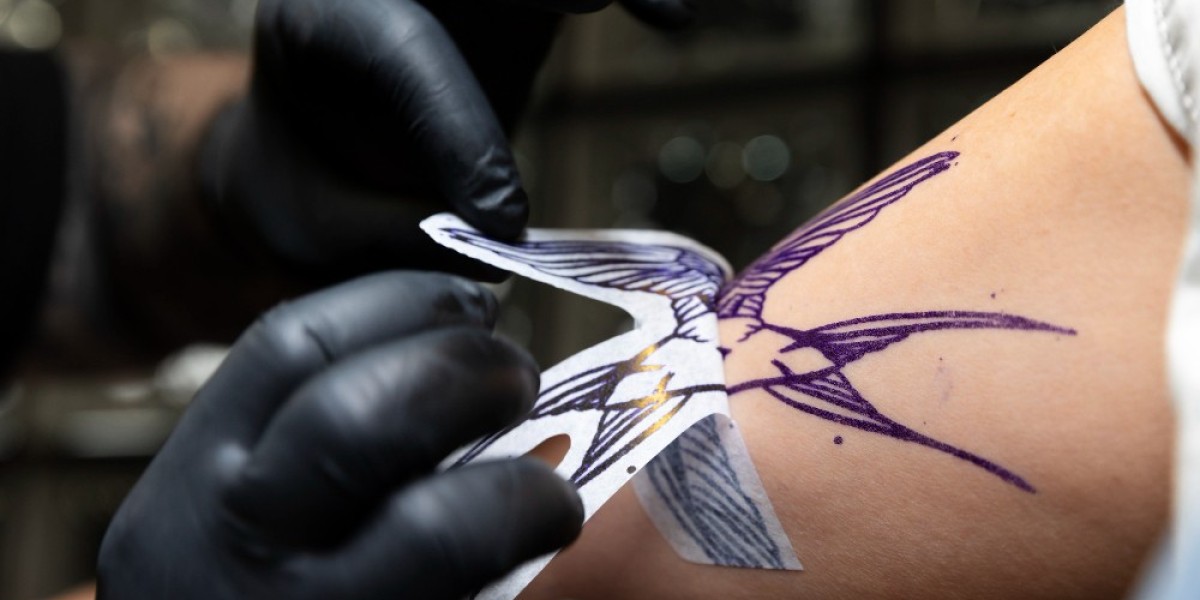Wound management has significantly evolved over the years, moving beyond traditional gauze and bandages to advanced wound care products that support faster healing, reduce infections, and improve patient outcomes. In modern clinical practice, healthcare professionals rely on a range of innovative dressings and technologies designed to address the complexity of different wounds, from minor cuts to chronic ulcers.
Understanding Advanced Wound Care
Advanced wound care focuses on creating the optimal healing environment. Unlike basic dressings that simply cover a wound, these products actively interact with the wound bed to promote cell regeneration, maintain proper moisture levels, and protect against infection. They are especially beneficial in treating chronic wounds such as diabetic ulcers, pressure sores, venous ulcers, and post-surgical wounds.
Key Types of Advanced Wound Care Products
1. Hydrocolloid Dressings
Hydrocolloid dressings form a gel when they come into contact with wound exudate. They maintain a moist environment, promote autolytic debridement, and are particularly useful for pressure ulcers and minor burns.
2. Hydrogel Dressings
Designed to hydrate dry or necrotic wounds, hydrogel dressings provide cooling relief and help with autolysis. They are ideal for painful wounds, burns, and wounds with minimal exudate.
3. Foam Dressings
Absorbent foam dressings are used for wounds with moderate to heavy exudate. They provide cushioning, reduce pain, and prevent maceration of surrounding skin. These are commonly used in surgical wounds and chronic ulcers.
4. Alginate Dressings
Made from seaweed-derived materials, alginate dressings are highly absorbent and form a gel when in contact with wound fluid. They are suitable for bleeding wounds and heavily exuding ulcers.
5. Collagen Dressings
Collagen plays a crucial role in tissue regeneration. Collagen dressings stimulate new tissue growth, making them effective for non-healing chronic wounds.
6. Antimicrobial Dressings
Infused with agents like silver, iodine, or honey, these dressings reduce bacterial load and help prevent infection. They are widely used for burns, surgical wounds, and infected ulcers.
7. Transparent Film Dressings
Thin and breathable, film dressings protect wounds while allowing moisture vapor exchange. They are ideal for superficial wounds, donor sites, and as secondary dressings.
8. Negative Pressure Wound Therapy (NPWT)
This advanced therapy uses a vacuum-assisted system to remove exudate, reduce edema, and stimulate blood flow. It is especially beneficial for deep and complex wounds.
Benefits of Advanced Wound Care Products in Clinical Practice
Faster Healing: Optimized moisture balance accelerates tissue regeneration.
Reduced Risk of Infection: Antimicrobial dressings and protective barriers prevent bacterial invasion.
Improved Patient Comfort: Pain is minimized through cushioning and reduced dressing changes.
Cost-Effective in the Long Term: Faster recovery reduces hospital stays and complications.
Enhanced Clinical Outcomes: Chronic wounds that once resisted healing now have effective treatment options.
Challenges in Implementing Advanced Wound Care
Despite their effectiveness, advanced wound care products can be costly and may require specialized training for correct application. Additionally, clinicians must carefully assess wound type, severity, and patient health conditions before selecting the right product.
Conclusion
The integration of advanced wound care products in clinical practice has transformed the way wounds are managed, offering patients faster healing, reduced complications, and better quality of life. With continuous innovation in wound care technology, healthcare providers are better equipped than ever to manage complex wounds effectively.








